Recently updated on July 7th, 2023 at 04:48 pm
In May of this year, the United Nations released a report stating that over one million planet and animal species are now on the verge of extinction. Couple this with the catastrophic Amazon fires and the recent overhaul of the Endangered Species Act by the Trump administration, and it would seem that the endangered species list is a beast growing out of control.
Yet whilst this is sadly true, there is also a glimmer of hope in what has been a very gloomy few years for the environment. Through dedicated conservation and protection efforts, education and funding, a small handful of endangered animals have also come off the list.
In recognition of World Animal Day (and because we can’t resist a good news story), here are 6 species whose fates have been changed for the better…
1. Southern White Rhinoceros
Not to be confused with the Northern White Rhino, of which there are only 2 females left, the Southern White Rhino is the second largest land mammal on earth. Living for the most part in South Africa, Namibia, Zimbabwe and Kenya, these beautiful beasts were thought to be extinct in the late 19th century. But in 1895, a tiny population of less than 100 rhinos was discovered in South Africa. A century of conservation and anti poaching efforts later, between 19,000 – 21,000 Southern White Rhinos now live in protected areas and private game reserves, making this the only rhino species (of five) not endangered.
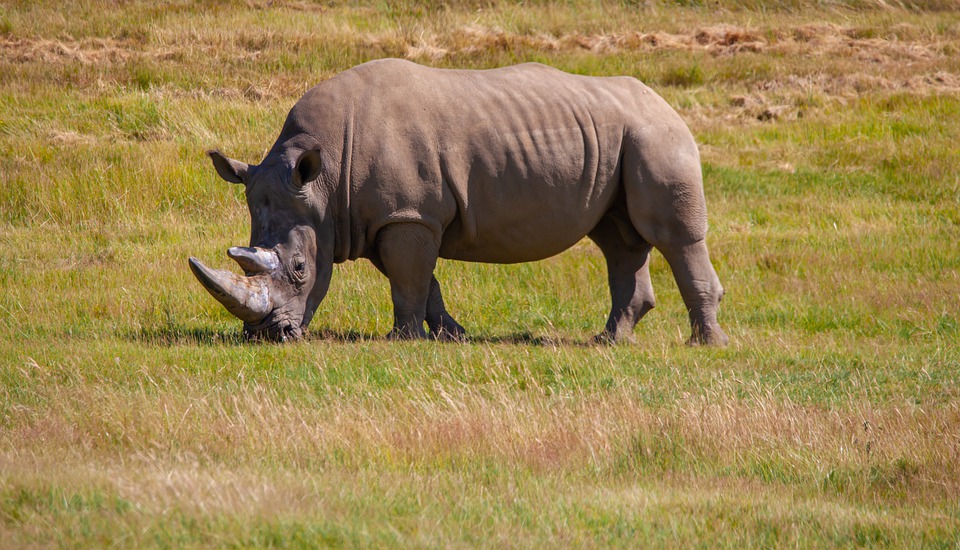

2. Giant Panda
A common symbol of conservation for over 50 years (and the inspiration behind the WWF logo, no less), in 2016 the Giant Panda was officially downgraded from ‘endangered’ to ‘vulnerable’. Forest protection and reforestation measures in China are the reasons behind this positive change, resulting in over 2,000 Giant Pandas now living wild in protected reserves across China.
Support the Giant Panda – visit the Chengdu Research Base of Giant Panda Breeding & learn about rescue and protection efforts whilst travelling on Trafalgar’s Best of China with Yangtze Cruise.
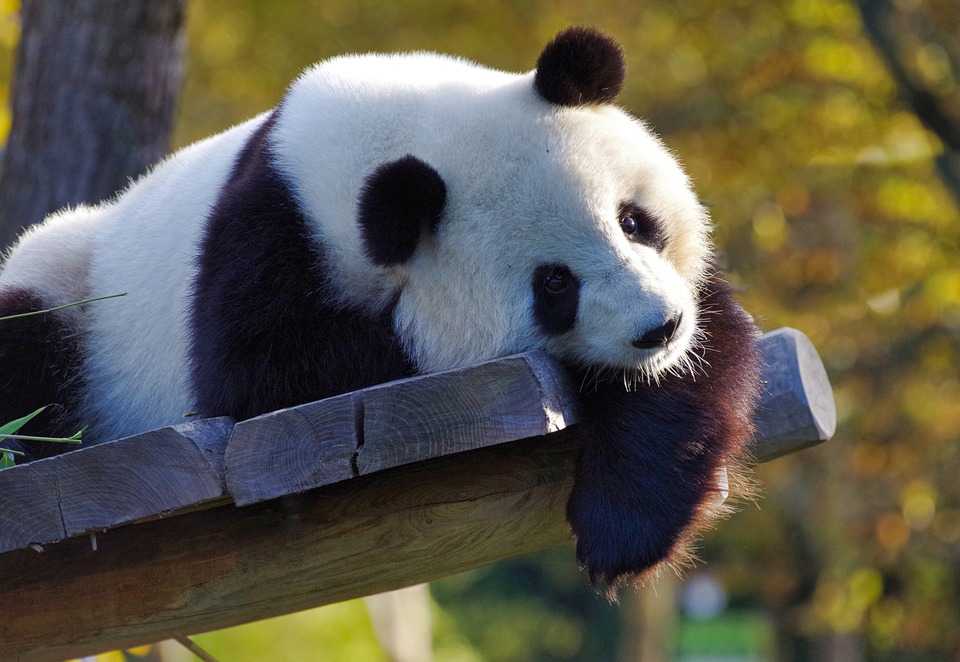

3. Arabian Oryx
In the early 1970’s, the antelope species know as the ‘Arabian Unicorn’ was thought extinct – lost forever at the hands of poachers. But in a bid to change their fate, a team called Operation Oryx was set up to try and bring this species back from the brink. Capturing the last remaining few animals and breeding them in captivity, the Oryx was slowly released back into the wild in 1982. Today the species is categorised as ‘vulnerable’ on the endangered species list, with over 1,220 roaming wild across the Arabian Peninsula, plus another 6,000 – 7,000 in semi captivity.
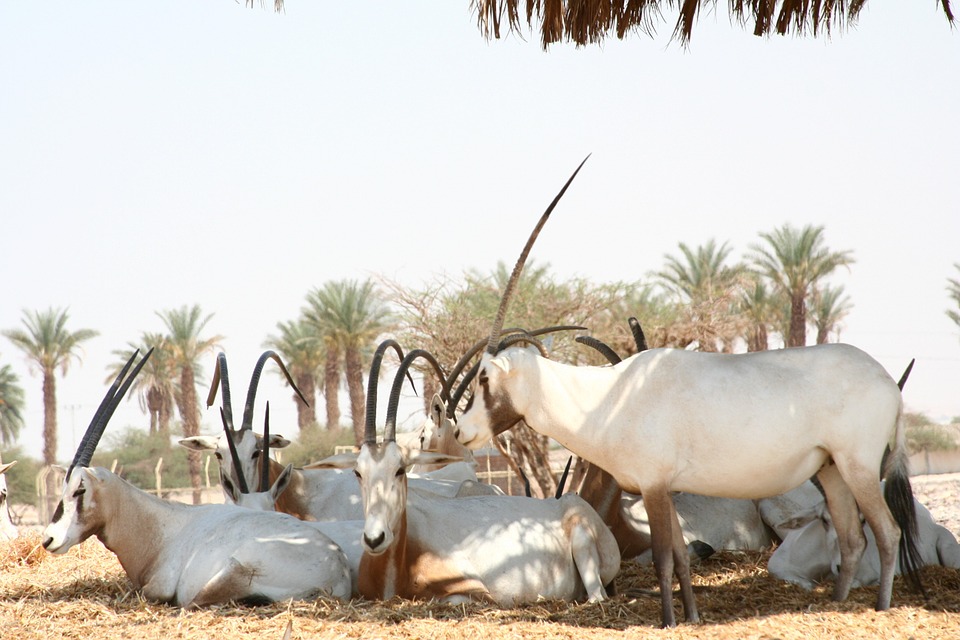

Related Content – 7 incredible wildlife destinations for nature lovers
4. Gray Wolf
The Gray Wolf first received protection from the Endangered Species Act in the 1970’s after population numbers dwindled due to a lack of pray and conflicts with farmers and ranchers. In the years since their numbers have steadily climbed, and today it’s estimated that more than 5,600 Gray Wolves live wild in the US. However, recent announcements to delist them completely from the EDA means hunting could soon be resumed, and numbers once again threatened.


5. Northern Brown Kiwi
A little bird synonymous with New Zealand, it was smiles all round in 2017 when the Northern Brown Kiwi (and the Rowi Kiwi) were no longer categorised as critical on the endangered species list. 25 years of conservation efforts and a whole lot of love for the national bird were to thank for this happy turn of events, with managed populations of Northern Brown Kiwi now steadily growing at a rate of 2% per year.
Support the Northern Brown Kiwi – visit the Rainbow Springs Nature Park in Rotorua, to try and spot New Zealand’s native bird and learn about conservation efforts whilst travelling on Trafalgar’s Contrasts of New Zealand.
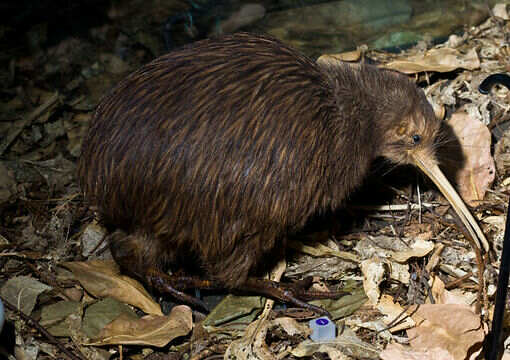

6. Louisiana Black Bear
There are over 16 subspecies of American Black Bear, with the Louisianan Bear found (funnily enough) only in Louisiana. Declared endangered in 1992 through loss of habitat to agricultural development, the past 17 years have seen over 700,000 acres of habitats restored in an effort to save the subspecies. The result? The bears were delisted in 2016, and today between 500 – 750 now exist in the wild.
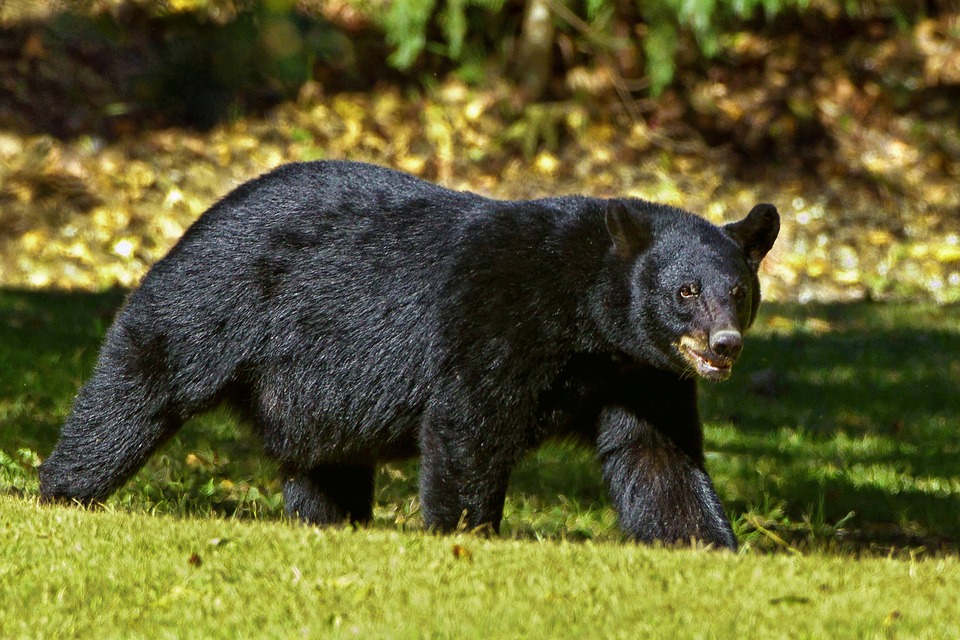

We at Trafalgar believe in honouring wildlife and experiencing it in nature. Through our initiatives with TreadRight and through our JoinTrafalgar program, we pledge to support wildlife across the planet, not ride animals that ought not to be ridden, nor support animal cruelty in anyway.
good to see that some animals are coming back